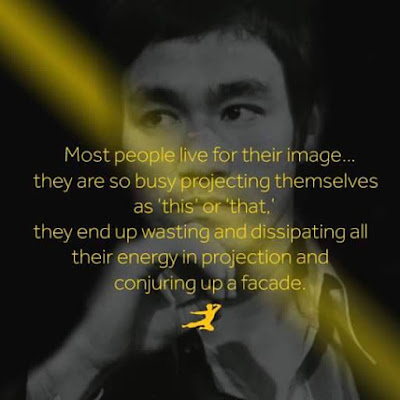Biology Midterm - Biomimicry
As a species dominating planet Earth, we have come to a point of our industrial lives to start thinking smart, in order to develop a lifestyle that is smart. One that may live harmoniously with the rest of the ecosystem of the earth, and prepare our kind for future generations to come. However, when the veil to what our relationship with the world truly has become, it is easy to see that we are not living as clean as we think. It is the impending future of our planet to either live on a barren wasteland of used up resources, or one that flourishes along with snowy mountaintops, rainforests, and animals.
Biomimicry is a beautiful example of how we can base our survival on the adaptability of the natural form, process, and ecosystem. Also to live our lives without the need to continuously eat the crap at the bottom of the tank to realize what other great options there are in the world. Though it is probable that our instinct to flock to organic influences are imprinted in our DNA since our ancestors, it is time to pay closer attention to those urges and humble ourselves to the weaver of the web.
Another example of biomimicry in the form of natural process, are ventilation systems inspired by termite nests. This includes air conditioning, and standing buildings that can cool itself in the hot weather or blazing climate.
Termite mounds may look solid from the outside, but from the inside, there are millions of small holes that allow air to pass freely throughout the mound. Quite similar to the structure of a lung, these mounds are able to “breathe” with the rising and falling temperatures throughout the day.
The Eastgate Centre in Harare, Zimbabwe had been built to replicate termite mounds in order to thrive in the hot weather of the land. Alike the soil of the termite mounds, the structure was built to have a higher thermal mass. Resulting in the building to absorb heat without changing temperature. An increase in surface area results in a better flow of ventilation during the day and night. Low power fans are installed below the building, guiding a smooth flow of cool air throughout the center.
Innovation inspired by nature comes in many forms. A highly
popular and well-noted example is Eiji Nakatsu’s input in innovating the
Japanese bullet train. As an avid bird watcher, he utilized his observation of
birds in order to solve a large problem with the bullet train. Though the
bullet train was a truly fast vehicle, it posed as a problem for local
residents living nearby tunnels, as the train would emit a sonic wave that
would be heard 40 meters away. Nakatsu inputted an idea to redesign the nose of
the train mimicking the beak of a Kingfisher. The Kingfisher is known to catch
it’s prey in the water without hardly making a splash.
Through a redesign test with different nose designs for the train,
the example based on the Kingfisher was the most effective. Overall, making the
train go faster by ten percent, use less electricity by fifteen percent, and
maintained it’s sound under the 70 decibel noise limit in the area.
Spiderman is a biomimicry of the effective skills spiders, and
Ororo (also known as “Storm”) from X-Men being a biomimicry of the furious
power of the natural weather of this world. Just as how Marvel comics have
certain characters that are inspired by nature, we could use that as an example
to coexist with the rest of the world in a healthy relationship. Would we
harness the skills and powers of great animals and weathers in order for us all
to be like a team of superheroes? It is clear to say that we have yet to reach
a level of humility and close attention to how we may translate the natural
world to our own natural benefit.
The concrete material of the building allows for the cool air to
flow through the many floors of the building, and chimneys installed at the top
of the building allow hot air coming in to rise up and out of the building. The
overall result presents a great decrease of thirty five percent of use of
energy than other similar buildings throughout the country of Zimbabwe.
I hope that in the future we may be able to find a solution
to living a cleaner and waste-free lifestyle such as nano-planted aquariums
with shrimp and fish. Of course, we do not live underwater, but those tiny
aquariums are able to maintain a perfectly balanced ecosystem that allows for
both plant life and animal life to flourish for many years. A three-gallon tank
of water with plants and tech is highly sensitive to an imbalance of life, but
it is also amazing to see the healthy codependency of each component of the
tank to stay alive for years. That example of a perfect world could be a
stepping-stone in figuring out ways to create a well-balanced lifestyle for us.
Taking a look at an aquarium as such, there is a variety of
regular fish, bottom-feeders, a filtration system, and CO2 system. The question
we may ask ourselves, are how can we create a balanced filtration system that
could clean water as effectively at a constant and productive rate? How can we
control the emission of CO2 or other gases to protect the ecosystem within our
atmosphere? Could a project such as that be supported and funded as an
investment for the sake of our future? What could be like a bottom-feeder fish
and clean up the crap at the bottom of the fish tank, before we have to eat it
again?
It is awe inspiring to pay attention to nature, and I hope
that the mass population and general media will be able to focus more on
biomimicry before it is too late.



Comments
Post a Comment